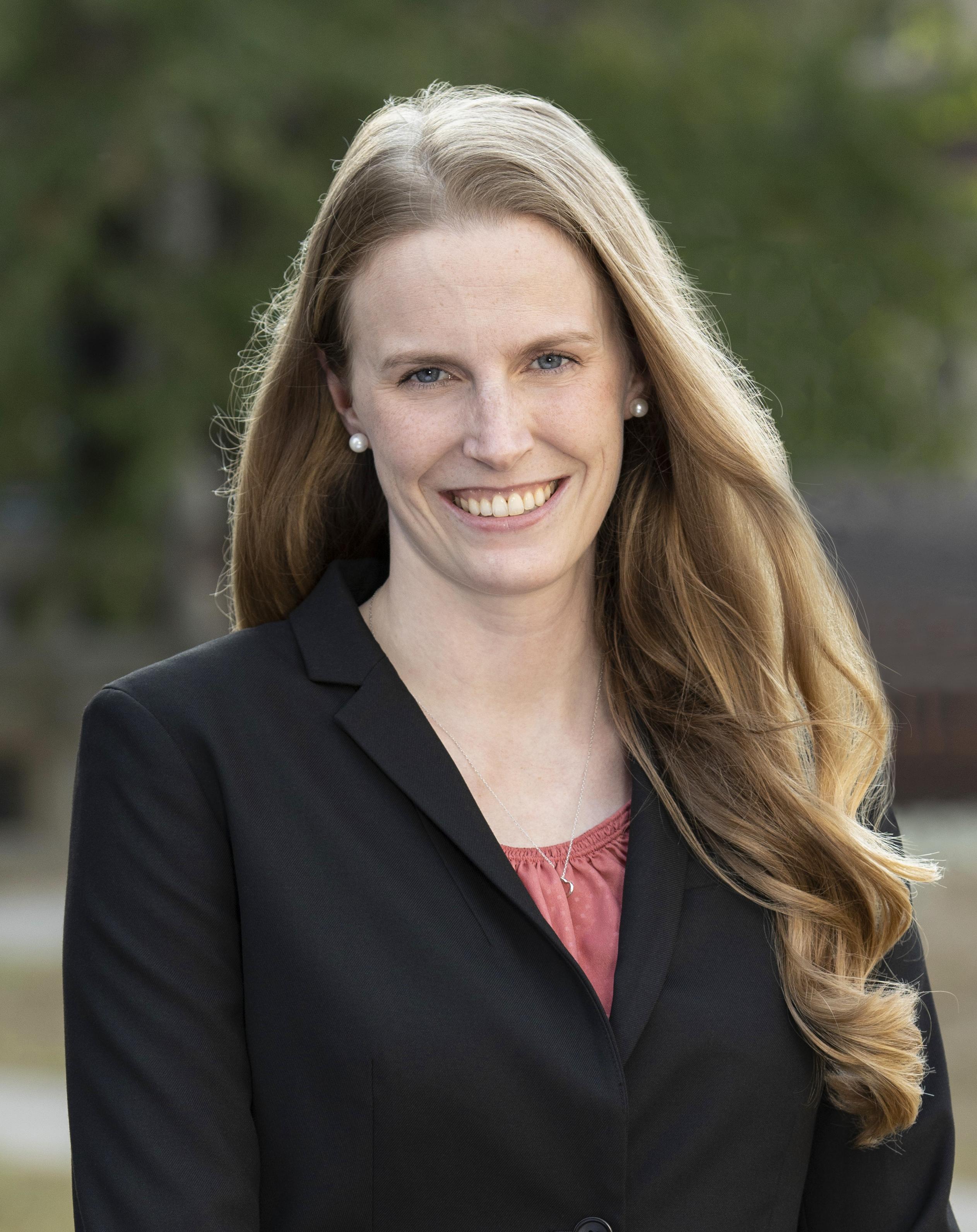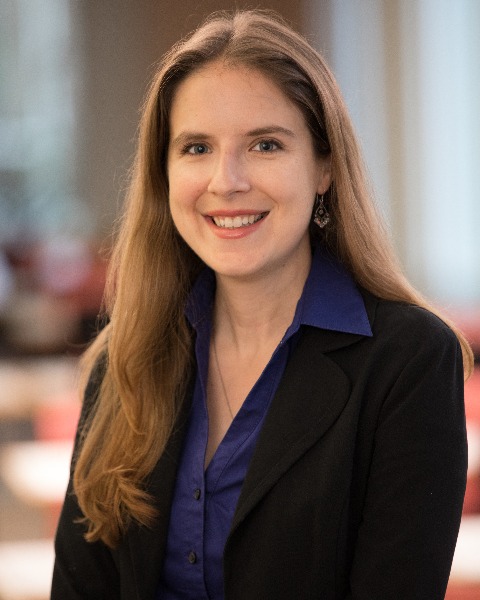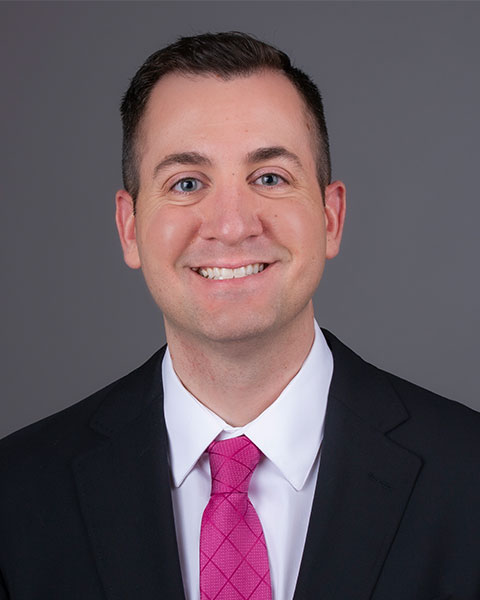Symposia
LGBTQ+
4 - (SYM 81) Exploring Clinical Characteristics and Treatment Outcomes of Bi+ versus Gay/lesbian Adults with OCD
- AB
Andreas Bezahler, B.S. (he/him/his)
Graduate Student
Fordham University
New York, New York 
Jennie M. Kuckertz, Ph.D.
Administrative Director of Research
McLean Hospital/Harvard Medical School
Belmont, Massachusetts
Martha J. Falkenstein, Ph.D. (she/her/hers)
Director of Research, OCD Institute / Assistant Professor
McLean Hospital / Harvard Medical School
Belmont, Massachusetts
Brian Feinstein, Ph.D. (he/him/his)
Associate Professor
Rosalind Franklin University of Medicine and Science
N. Chicago, Illinois
Speaker(s)
Co-author(s)
Background: Bisexual people are more likely to experience psychopathology compared to both gay/lesbian and heterosexual people. While sexual minority (SM) people are nine times more likely to receive a diagnosis of or treatment for obsessive-compulsive disorder (OCD), one study found that bisexual men were twice as likely to be diagnosed with OCD compared to gay men. The increased rate of OCD among bisexual people may be due to their unique experiences of minority stress, including discrimination from both heterosexual and gay/lesbian people. In addition, research suggests that SM people experience more severe OCD symptoms and risk factors (e.g., worse emotion regulation [ER] and distress tolerance [DT]) compared to heterosexual people, but no research has considered potential differences among subgroups of SM people. Therefore, we examined differences in OCD severity, ER, and DT at admission and discharge between bisexual/pansexual (bi+) and gay/lesbian adults in intensive/residential treatment for OCD.
Methods: Participants (N = 64) were adults (age ≥ 18) with an average age of 25.3 (SD = 7.4). Participants had an average stay in treatment of 63 days (SD = 21.7). The sample included 44% gay/lesbian (n = 28) and 56% bi+ (n = 36) people. The sample was mostly White (80%) and non-Hispanic (97%).
Results: We conducted a 2 (Group: bi+, gay/lesbian) x 2 (Time: admission/discharge) ANOVA for each outcome, with follow up t tests comparing groups at each timepoint. Bi+ people experienced significantly more severe OCD as well as worse ER and DT at admission. However, there were no significant differences in OCD severity, ER, and DT between bi+ and gay/lesbian people at program discharge.
Conclusions: Results indicate that bi+ people with OCD enter treatment with more severe OCD and worse ER and DT compared to gay/lesbian people, but they leave treatment with similar levels of functioning. This suggests that treatment is efficacious for both bi+ and gay/lesbian people, and that bi+ people catch up to gay/lesbian people with respect to symptoms by the end of treatment. Future research should replicate these findings in larger, more racially/ethnically diverse samples and examine mechanisms underlying bi+ people’s more severe initial clinical presentation.

